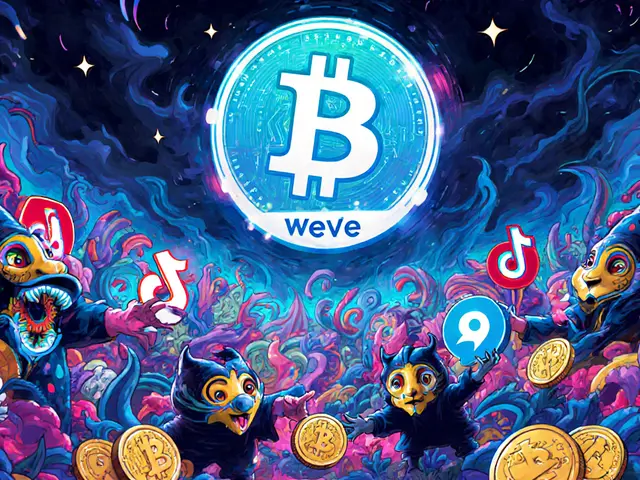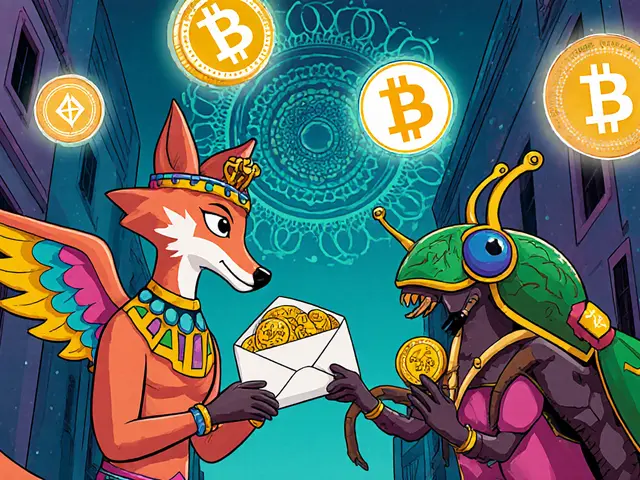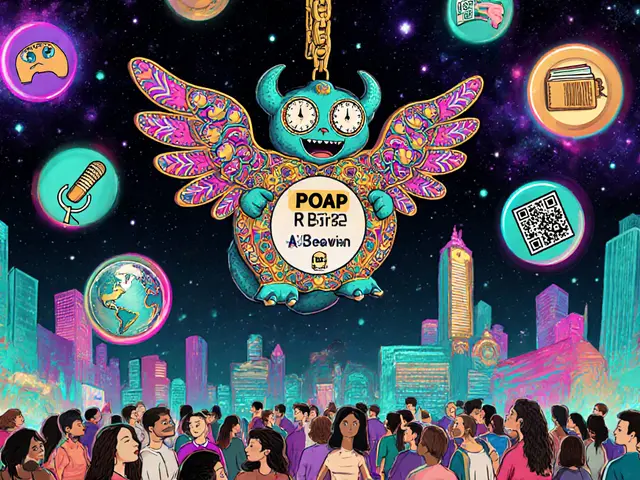Central Bank Digital Currency: What It Is, Why Governments Are Building It, and What It Means for You
When you hear central bank digital currency, a digital form of a country’s official money issued directly by its central bank. Also known as CBDC, it’s not Bitcoin. It’s not Ethereum. It’s not even stablecoins like USDC. It’s digital cash — the same as the dollar or euro in your wallet, but in code, tracked on a government-controlled ledger. Unlike crypto, which aims to replace banks, CBDCs are designed to strengthen them. Every central bank from the European Central Bank to the People’s Bank of China is testing or launching one. Why? Because cash is disappearing, and they want control over the next version of money.
What makes CBDCs different from what you already use? If you pay with a debit card or PayPal, you’re using bank money — not government money. That money moves through private systems, and those systems can freeze, delay, or track your spending. A CBDC puts the central bank directly between you and the merchant. That means digital fiat, government-issued money in digital form that behaves like physical cash could be programmed. Imagine if your food stamps only worked at grocery stores. Or if stimulus checks expired after 30 days. That’s possible with CBDCs. And that’s exactly why some governments see them as tools for better economic control — not just convenience.
But here’s the real tension: blockchain government money, a digital currency system where transaction records are stored on a distributed ledger under state authority doesn’t always mean blockchain. Most CBDCs use centralized databases — not decentralized ledgers. China’s digital yuan runs on a hybrid system. Sweden’s e-krona uses a centralized model. Even the U.S. Federal Reserve’s research leans toward a traditional database, not a public blockchain. So when people say CBDCs are built on blockchain, they’re often wrong. They’re built on systems that look like bank servers with better software.
And then there’s the privacy question. If you pay with cash, no one sees what you bought. With a CBDC, every transaction can be logged, flagged, or restricted. That’s useful if you’re trying to stop drug money or terrorist funding. But it’s dangerous if your government decides to block payments to certain groups, journalists, or protesters. That’s not science fiction — it’s already happening in places with weak rule of law. The ECB and Fed say they’ll protect privacy. But they also say they need to monitor for fraud. Which one wins when the system is designed for control?
What you’ll find in these posts isn’t hype. It’s the real landscape. You’ll see how MiCA regulations in Cyprus are shaping CBDC readiness. How Russia’s crypto laws intersect with state-controlled digital money. How AI is being used to track CBDC flows. How countries like Indonesia and Australia are building compliance layers that could become the backbone of future digital currency systems. Some posts warn of scams pretending to be CBDCs. Others show how private exchanges are preparing for the day when governments control the money supply. This isn’t about investing in CBDCs — you can’t buy them yet. It’s about understanding the system that’s coming, and how it will change everything from how you pay for coffee to whether you can send money to a protest fund.










